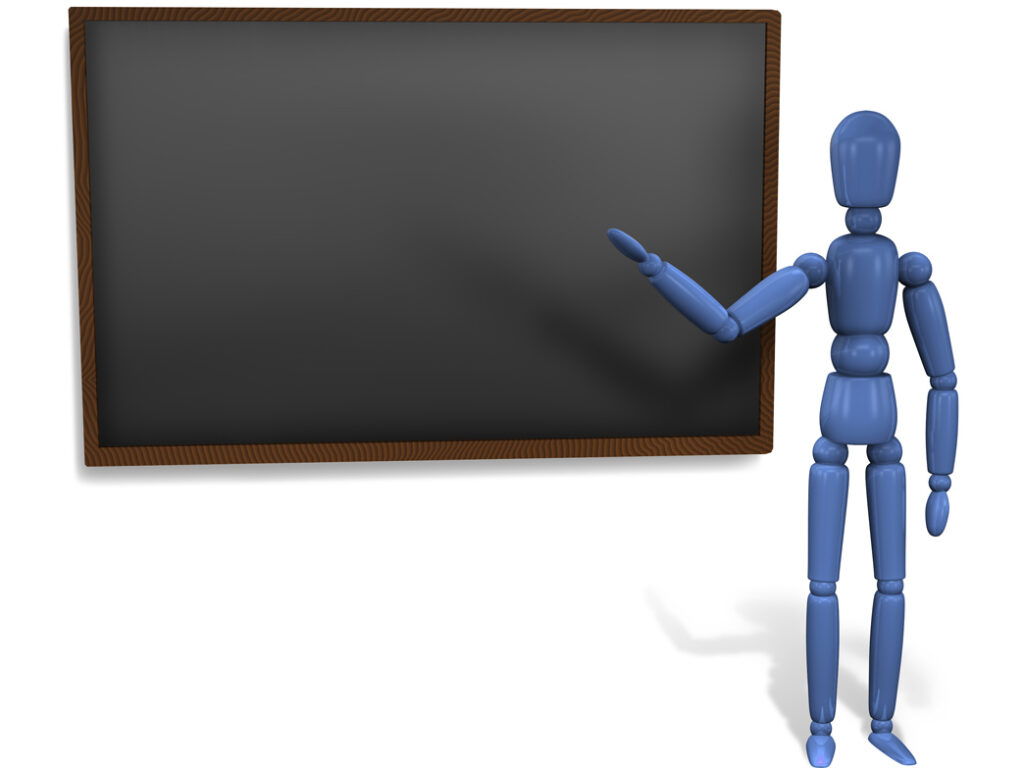In the fifth of this series, Donald H Taylor looks at capability building – is it more than just providing classroom courses?
Over the past four weeks I have considered what might be seen as some of the less obvious future roles for Learning and Development (L&D). The final role I consider this week may be more familiar: ‘capability building’.
 "Capability building’ is often seen as being synonymous with ‘classroom training’, but this is to confuse means and ends."
"Capability building’ is often seen as being synonymous with ‘classroom training’, but this is to confuse means and ends."Because it is something that L&D has always done, ‘capability building’ is often seen as being synonymous with ‘classroom training’, but this is to confuse means and ends. Capability building means improving the workforce’s skills and knowledge in line with planned organisational needs. It is true that we have always done this and that classroom training is one means to this end. This does not mean, however, that the classroom is the only method of building capability or even the best.
While performance support (the subject of the previous article) focuses on immediate needs, capability building looks at medium and long-term skills development. It harnesses the information on skills gaps that result from L&D’s skills and talent management activity to plan a range of activities to bridge those gaps.
Stretching to learn
That range of activities is wide. It could, for example, involve any of those in the Princeton University Learning Process 70:20:10 model, which says that typically 70% of workplace learning is experiential, 20% comes from interaction with fellow workers (including coaching and mentoring) and 10% from formal learning interventions, where the training department rules. (To be clear on one common misconception: this model is not prescriptive. It’s a model. These percentages simply describe what usually happens at work.
One of the most effective ways in which people learn in that 70% is on stretch assignments; that is, taking on assignments which are just at the edge of their competency. These should be activities in what Vygotsky calls the zone of proximal development, where we are not yet entirely competent, but where we can, with support and with time, achieve success.
Should L&D be involved in the 70%? There is only one possible answer: yes.
Going beyond the 10%
‘Involved’ does not mean that L&D needs to set a structure and organise everything about stretch assignments (or any other part of learning outside the 10% of formal learning where we remain in control). It does, however, need to ensure it can happen. That means ensuring the procedures exist to allow stretch assignments, encouraging the engagement of management, fostering the idea among learners and tracking the effectiveness of what is done.
To be quite clear – the involvement of L&D in stretch assignments or in any other area of learning outside the 10% is about bringing the department’s expertise in learning to bear. It is about making sure that people’s capabilities can be developed, whatever the mechanism. In one area – the 10% - we are almost entirely in control. In the other 90% we have a consultative, guiding role, but it is a crucial role nonetheless, because of all the people at work in our organisations we are the ones who know about learning.
In the past, the training department’s job has been to produce a training schedule. Because that is as much about learning that most managers and executives understand. Let us demonstrate that we know a little more. Capability building is bigger than just-in-case training supplied via sheep-dip processing. It is about getting people ready for their jobs in the future. We are experts in learning, so we must take a role in making this happen, both inside the classroom and outside it.
This last point, however, brings up a number of different questions, including this one: do we in L&D have the skills we need to do this job? Next week I will wrap up this series by suggesting the areas where we need to develop our skills to support the profession in the future.
The future of learning at work series:
- The future of learning at work: part 1 - setting the scene
- The future of learning at work: part 2 - skills management
- The future of learning at work: part 3 - personal learning support
- The future of learning at work part 4 – performance support
- The future of learning at work part 5 – capability building
Donald H Taylor is chairman of the IITT and is responsible for the Institute’s LearningLive conference in Birmingham on 13-14 September. He blogs at www.donaldhtaylor.co.uk.










